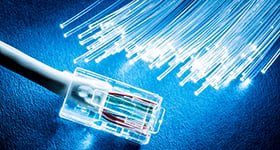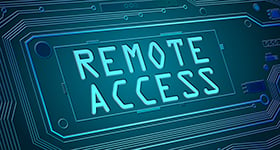Nearly every time we make a purchase, visit a restaurant or hotel, or use any type of service, we are asked to complete a survey about our experience. Unless the survey is completed immediately, you probably have to think about your answers — and in the time that has passed, not only have you forgotten some of the details of your experience, but your overall impressions are likely to have changed somewhat. Where you might have given low ratings for poor service in the hours immediately following a disappointing restaurant experience, for example, a few days later your frustration has faded and your memories of a delicious meal spur you to give a slightly higher rating.
While such skewed recollections can have an influence on overall ratings for businesses, rarely are they truly detrimental to the business itself. However, imagine that your answers are an integral part of the business’ operations — and your flawed memories contribute to decisions that have the potential to be harmful to others. It might seem dramatic, but that’s been the reality for many clinical trials.
Until recently, the majority of clinical trials used paper data collection methods, including surveys, journals, and questionnaires, to capture information from participants in between their visits to clinics. While this methodology has been effective, it does have its limitations. Researchers rely on participants to follow study protocols, for instance, and record data at the appropriate times. But many patients wait until their visits with providers, or just before submission deadlines, to complete the data collection from memory, which isn’t always as accurate or precise. Paper data collection methods also require transcription, which introduces the possibility of human error.
The introduction of eCOA and ePRO solutions has alleviated some of these issues by making it easier for trial participants to record data in real time and eliminating some of the potential for errors in the data-entry process. Electronic solutions have also made it possible for researchers to identify possible problems sooner, while also reducing study costs. That being said, there is another trend that, when combined with these technologies, is actually making clinical research more accurate than ever: The IoT.
The Role of the IoT in Clinical Research
The Internet of Things, or IoT, is on everyone’s mind these days. While some of the most talked about applications are smart home devices that allow us to save time and money, the IoT is becoming an integral part of the field of medicine as well, especially within clinical research.
According to a survey by the Association of Clinical Research Organizations (ACRO), the use of medical devices such as blood glucose or heart-rate monitors that automatically capture data and send it to providers via an internet connection are likely to be commonplace within the next five years — and will have a significant benefit to the medical and research community. One of the most important benefits? Accuracy.
Using IoT devices eliminates several of the common issues in clinical research. Again, most clinical research relies on patient recollections and data collected at provider visits. Being able to collect data in between visits gives researchers greater insight into the effects of the treatment being studied. In addition, collecting the data automatically can alert researchers to a potential issue, whether it be patient safety or a compliance issue, before it affects the rest of the study.
Incorporating the IoT into clinical research can also improve patient recruitment and retention, both significant issues that have derailed more than a few studies. The burden of collecting and reporting data prevents many qualified individuals from joining studies, but when all that is required is to wear a monitor or tracking device, or to use a connected device for treatment, it’s more convenient to participate. This allows for larger subject pools, and more accurate conclusions.
Still Some Obstacles
Although there is significant potential for the IoT in clinical research, there are still some obstacles that need to be overcome before it will become a research standard. For starters, security is always a concern with any type of connected device, particularly when personal health information is being transmitted. In addition, advocates are concerned about the need for devices to be charged, and the effect that can have on data collection and accuracy.
Still, though, despite the obstacles, the IoT holds a great deal of potential for clinical research and improving the results. Rather than relying on potentially flawed patient reports, the IoT will ensure that not only is there enough data, but that it is accurate and precise.
Edited by
Ken Briodagh





